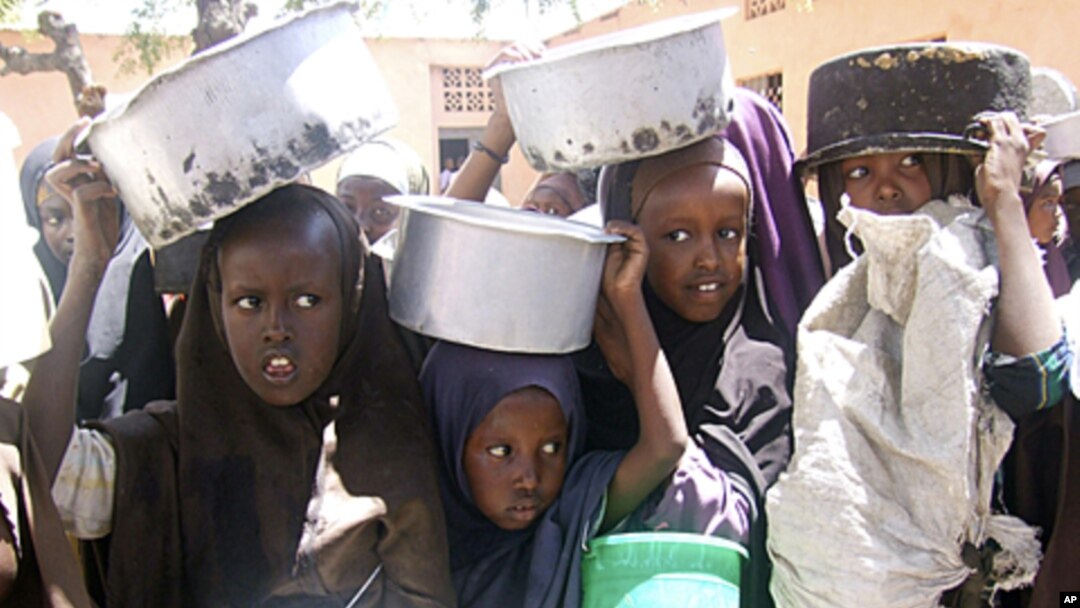In East Africa, millions people are in need of emergency food assistance because of the prolonged, severe drought. Now a U.N. agency warns that things could get worse.
Steady rain is hard to come by in many parts of East Africa. The Food and Agriculture Organization, the FAO, says the region has been hit with two consecutive seasons with “significantly below-average rainfall.”
“In the last several years, we’re seeing that there are these recurrent droughts, which used to take several years to reoccur. But now that reoccurrence is becoming more frequent,” said Shukri Ahmed, senior economist at the FAO’s Global Information and Early Warning System.
Little rain, a lot of hunger
The drought has destroyed crops and killed livestock, bringing high levels of malnutrition to the region.
“Most parts now of Somalia, parts of Kenya, parts of Ethiopia specifically, and even parts of northern Tanzania and some parts of Uganda to the northeast have been affected by less rainfall, infrequent rainfall and a late start of the rainfall. So, this compounded an already problematic region in terms of food security,” he said.
The FAO said Somalia has some of the worst malnutrition rates in the world, with one in four children in the southern part of the country malnourished. Two and a half million people in the country need humanitarian assistance.
In Kenya, nearly two and a half million people in the north and northeast are said to be unable to “meet their basic food and water needs.” These are mainly pastoralist and agro-pastoralist areas.
In Ethiopia, the U.N. agency said millions more require emergency food assistance. What’s more, the lack of rain is blamed for the deaths of 220,000 cattle in the Borena Zone along the southern border with Kenya.
The FAO also said water shortages are expected in the coming months in Djibouti’s capital.
Worse?
Making matters worse, Ahmed said, are rising food and fuel prices in East Africa.
Ahmed said following the high prices for food and fuel in 2007 / 2008, the region made a good recovery by 2009. Also the price of fuel stabilized.
“But now what we are seeing is that the region now is hit by this drought and now the fuel prices are going up. Given that the international prices of food commodities are also high, it actually is a lot of burden for the countries’ economies, which are already reeling from the effects of earlier years, to take on,” said Ahmed.
The FAO official said even if it started to rain steadily today, it would not solve the problems immediately. In fact, it could actually make things worse.
For example, he says there are good signs of rain in parts of Ethiopia, Somalia and Kenya that could replenish water supplies and pastures. While that sounds like good news, it could cause even more problems for pastoralists.
“Pastoralists are the ones which are really affected from this drought. Some already have lost their livestock. And now the rains that came actually started killing more livestock because they’re so weak they couldn’t take it,” he said.
Ahmed added that while East African countries are implementing their own short term solutions to the drought, long range planning is needed to deal with the uncertainty of climate change.
The FAO recommended additional funds to protect and rebuild livestock herds and the distribution of drought-tolerant seeds. It also called for increased animal and plant disease surveillance and control.
It said in the short term, farmers should be taught new technologies to grow crops on dry land and better ways to conserve and use water.


